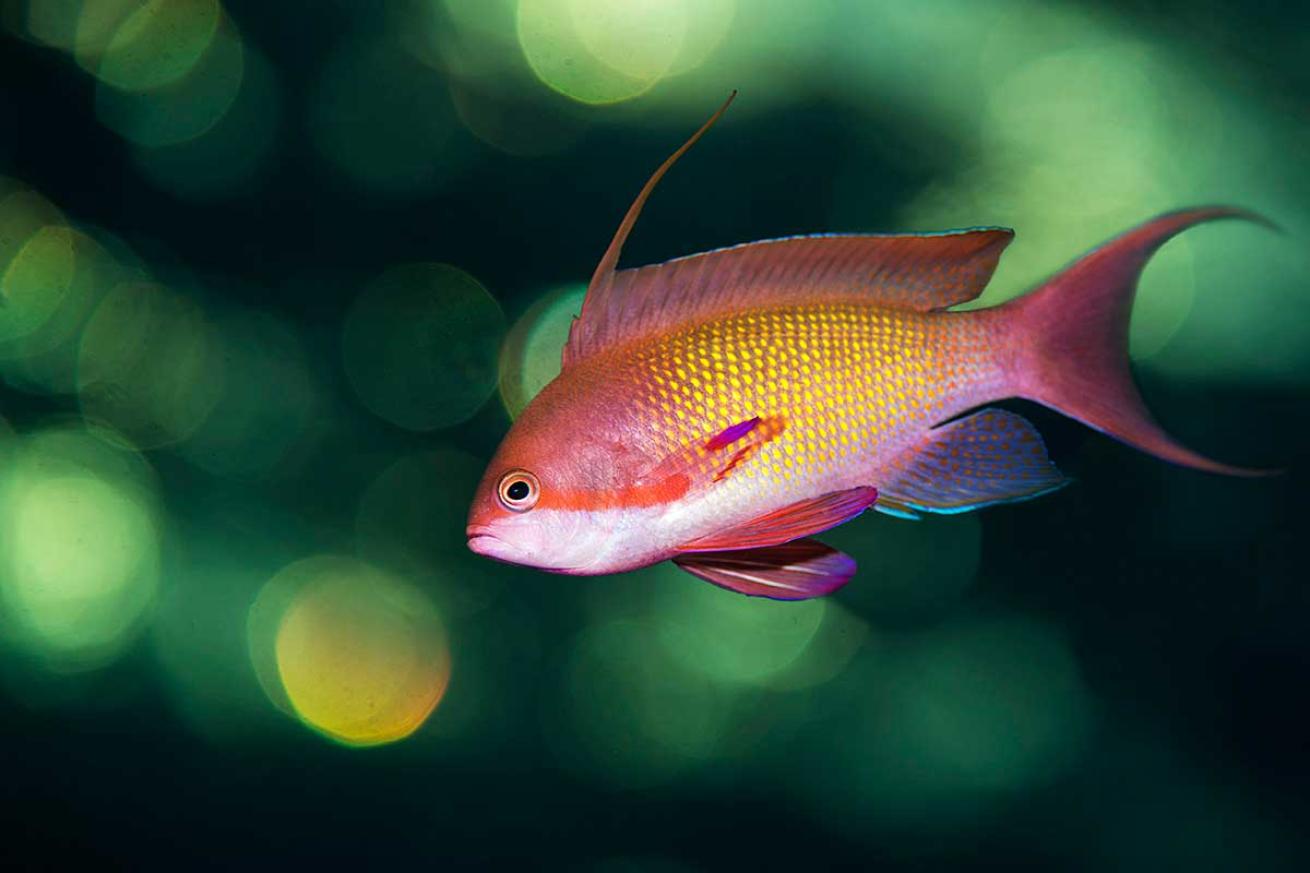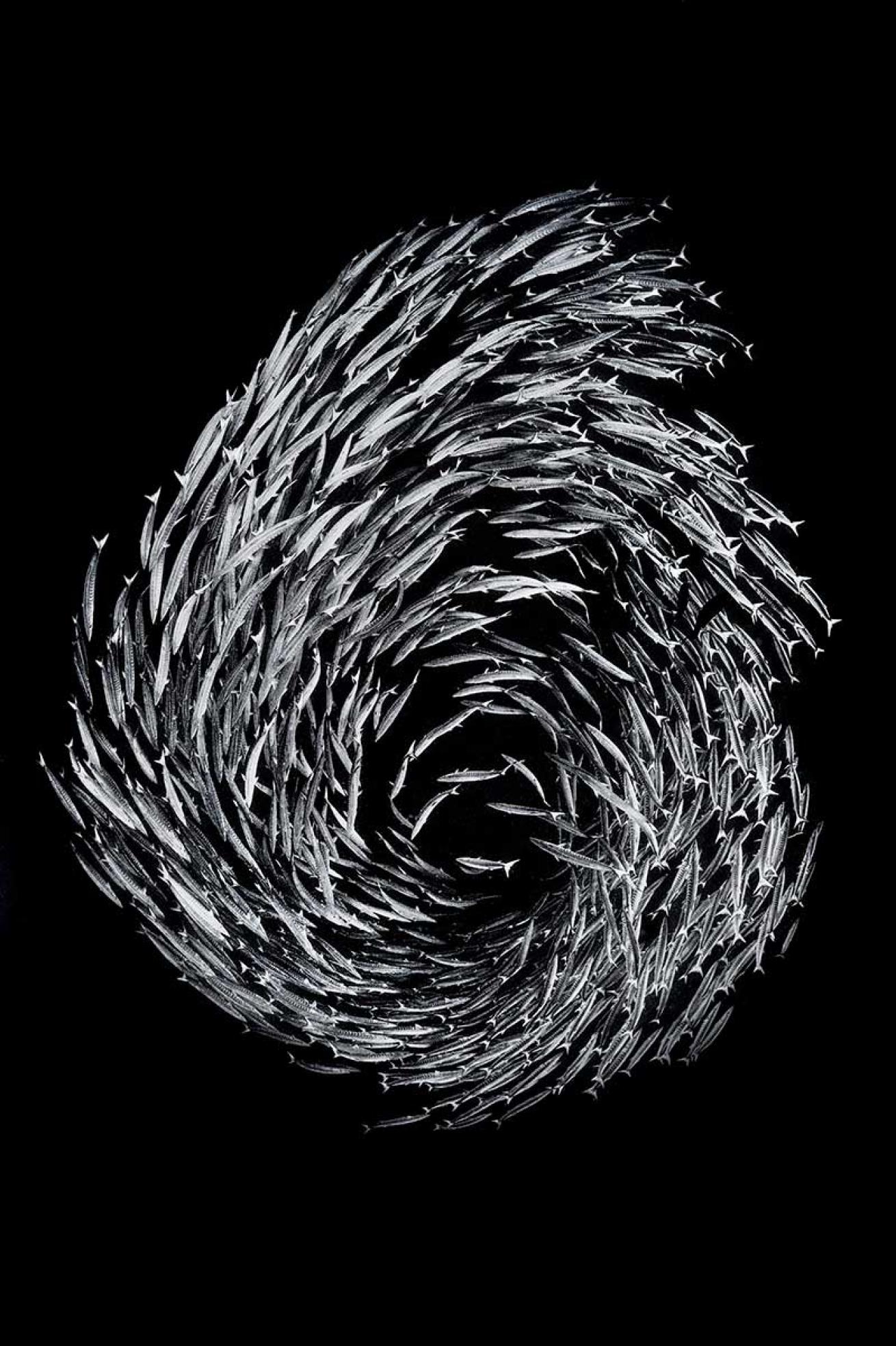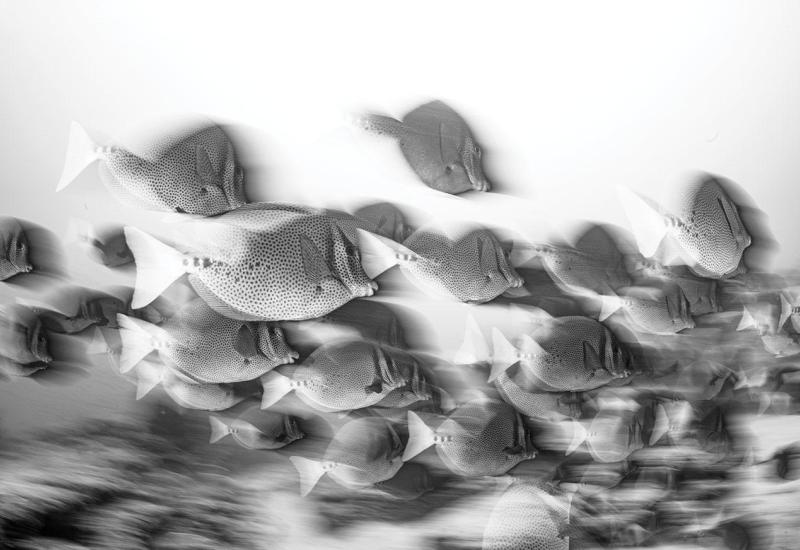Common Mistakes Underwater Photographers Make—and How to Fix Them
Underwater photography workshops have never been more popular. Photographers tend to shoot far better pictures alongside like-minded divers at sites selected by an experienced group leader who shares tips and techniques for winning images. While the photographers who join my workshops have a wide range of equipment, they are all united by one goal: to move on to the next level. Over the years I’ve seen common mistakes enthusiastic shooters make and noted the fixes needed to push them over the hump.

Alex MustardNature photographers using bokeh patterns like this behind plants caught my attention, inspiring me to incorporate the effect in my underwater pictures.
Tip 1: Basics Matter
Workshops get the enthusiasm and creative juices flowing, but it is important for photography to be based on solid technical foundations. And this starts with an area that too many photographers ignore: diving skills. A good diver with a basic camera will always get much better shots than a poor diver with a fancy system.
While diving qualifications are always valuable underwater, what really matters for photography is your stability and maneuverability in the water with a camera in hand.
A clumsy diver will stir up sediment, spook more creatures, potentially harm sensitive marine life, and find it harder to frame and focus on a subject.
Most keen photographers are experienced divers who often think their skills are fully formed. Yet I see plenty who have good photos and hundreds of logged dives but would have even better shots if they worked on their diving skills. My advice is to speak to a dive instructor about working on in-water technique, booking them for one-on-one coaching rather than a formal certification.
More underwater photography tips.
It is important to take your camera along because the goal is developing your diving technique with your camera.
Many photographers use their phones for photos out of the water rather than larger systems. If you fall in this camp, take the time to refamiliarize yourself with your camera gear before diving in again. Nobody gets to dive as much as they would like, so why waste the first day or two of a one-week liveaboard trip remembering how it all works, when you could have unpacked it and become familiar again at home.
The teaching students often find most useful isn’t something brand new but a reminder of techniques that they’ve tried in the past.
Help yourself prepare for your next trip by thinking about the types of shots you want to produce, then reading up on those techniques before you go.

Alex MustardI shot many photos of this barracuda school; most are very nice, but I choose only to show this special frame where the school formed the number six.
TIP 2: INSPIRATION, NOT IMITATION
An attraction of joining workshop trips is to learn directly from a photographer whose work you admire. The good teachers won’t hold back and will share the locations, techniques and thought process behind their celebrated shots, giving a huge boost both to your own images and your understanding. If there is a downside to this openness, however, it is that students can risk becoming photographic doppelgängers. We can be so influenced by their way of thinking that we seek out the same spots, same subjects and use the same techniques—producing only photo copies.
Beginners naturally want to replicate their favorite photos as they develop, but as their skills grow they must evolve from imitation to inspiration. Every photographer I know—including myself and the biggest names in the business—are influenced by the work of others. However, with experience we learn not to copy but to identify what appeals and incorporate ideas in our own way. It’s the difference between learning a cover on the guitar and writing music yourself.
Since the advent of digital cameras, we all take far more underwater photos than we will ever have time to process or show to anyone. This makes the process of culling a catalogue one of the most critical in modern photography, and it is where many go wrong. All photographers take good, bad, ugly and—hopefully, from time to time—amazing photos.
A major differentiator in the reputations of photographers is not what they shoot, but what they choose to show. If you share 50 shots online from your last trip—47 of which are good and three of which are excellent—your friends and followers will think you are good.
If you share just those three, the world will think you’re an excellent photographer. Where most of us fall down is in realizing which ones are the excellent three!
Emotional attachment to certain shots is usually our undoing. Photographers tend to love the shots that were hard to take, came from a particularly memorable dive or are of a dream subject. Yet none of that matters much to anyone else. I always run my workshops without any kind of end-of-trip competition and encourage everyone to be open—to show other photographers their images and discover which ones resonate with other people.
Lightroom has simple tools for highlighting your best pictures with colors or stars, which helps photographers focus on their best work. After a dive, I immediately give everything with potential one star; a few days later, when I have more images from other dives, I revisit the one stars and elevate the best of them to two stars. Then after the trip, when I’m emotionally detached from the shooting experience, I revisit the two stars and promote the finest to three stars.
Finally, when I have time to process some, I bring up only the three stars and mark just a few as four stars to work on. Five stars is reserved for something ultraspecial. When I'm really lucky, I’ll mark a shot as five stars right after shooting it!
Computer time is far less fun than diving, so focus your workflow on identifying the best images and don’t waste time worrying if a shot is a one- or two-star image because either way, you’ll never get around to processing it!
Remember that the harder you edit your work, the better your photography will appear. But don’t decide on your very best images immediately, when your emotions are still influenced by the experience of taking them.










